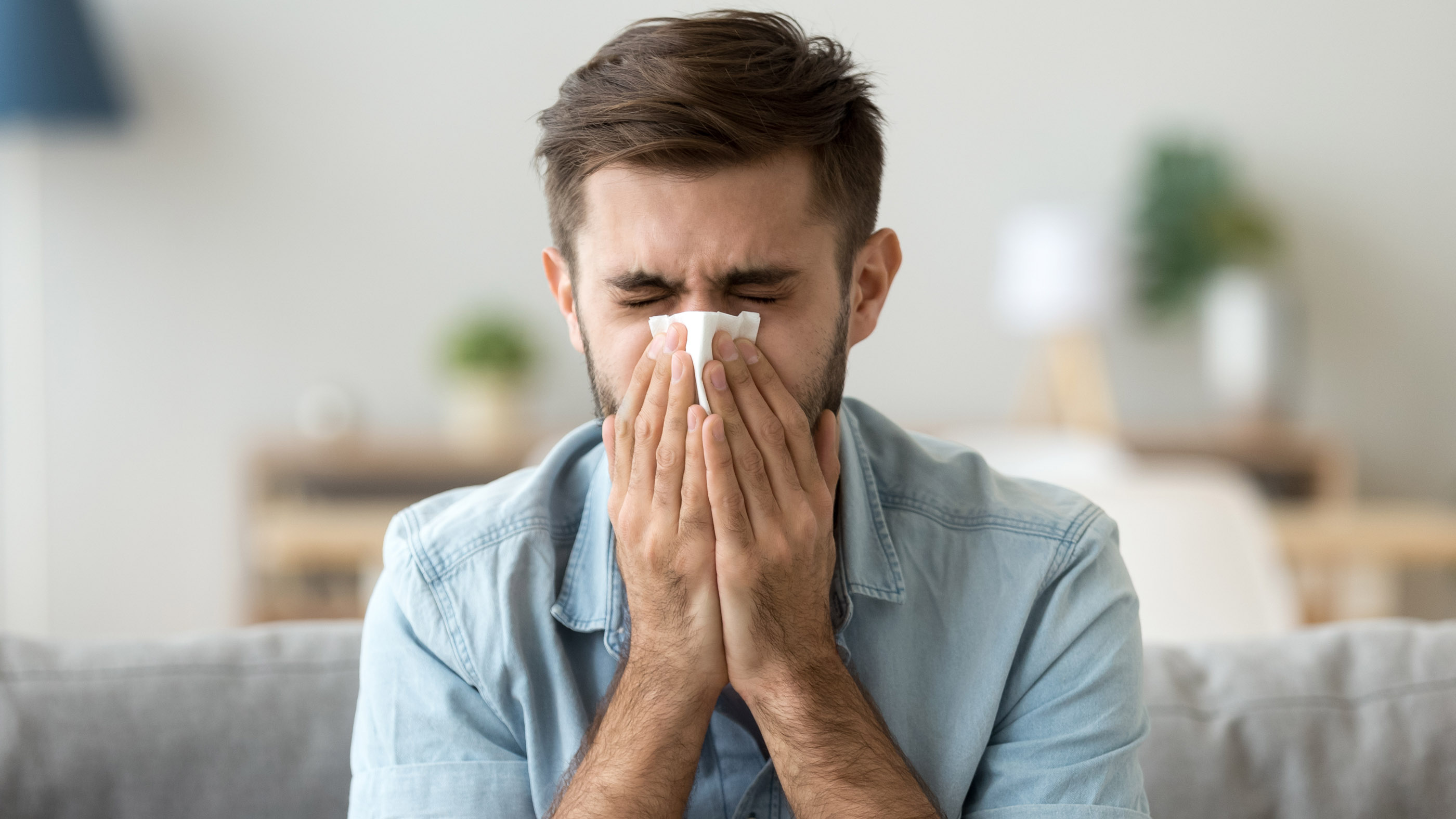How to self-quarantine during coronavirus outbreak

With more than 378 confirmed coronavirus cases in the U.S. and more than 15 associated deaths, the Centers for Disease Control and Prevention (CDC) is actively monitoring, and trying to contain, the transmission of the disease, called COVID-19.
In some cases, depending on risk level, the CDC may ask individuals or families to self-quarantine or remain in isolation. Here's a look at what that means and tips for implementing such measures.
People are considered "medium risk," if they have traveled within the past 14 days to a country "with widespread sustained transmission" or have had close contact with someone showing COVID-19 symptoms or on a plane with a person showing symptoms.
For medium-risk cases, the CDC is recommending that the person:
For a person who is showing symptoms of COVID-19 and is considered "medium risk," the CDC recommends self-isolation.
Whereas a quarantine separates people who may have been exposed to this novel coronavirus to see if they get sick, isolation is a way to separate an already sick person from people who aren't sick. Quarantines last for as long as the upper limit of the virus' incubation (the time between being exposed and showing symptoms), which the CDC is saying should be 14 days. Isolation lasts for as long as the virus is contagious, which means they are free of symptoms and test negative for the virus
Here's how to isolate in the case that you returned from an area with an known outbreak and are showing symptoms, or if you have already tested positive for COVID-19:
Sign up for the Live Science daily newsletter now
Get the world’s most fascinating discoveries delivered straight to your inbox.
—Stay away from other people in your home as much as possible, staying in a separate room and using a separate bathroom if available.
—Limit contact with your pets, as there is a small chance humans can pass the disease to dogs or other pets, though only one such case of such a transmission has been reported (in a Pomeranian dog in Hong Kong living with a woman diagnosed with COVID-19).
—No visitors unless the person needs to be in your home.
—If you need medical attention, call ahead to ensure you're going to the right place and taking the necessary precautions.
—Wear a face mask if you must be around other people, such as during a drive to the doctor's office.
—When you cough/sneeze:
Cover your mouth and nose with a tissue; immediately throw tissues in garbage; wash your hands with soap and water for at least 20 seconds; if that's not available, clean with hand sanitizer that has at least 60% alcohol (here's how to make your own hand sanitizer).
—Avoid sharing household items, including drinking cups, eating utensils, towels or even bedding. Wash these items thoroughly after using.
—Clean high-touch surfaces daily using a household cleaner or wipe. These include: "counters, tabletops, doorknobs, bathroom fixtures, toilets, phones, keyboards, tablets and bedside tables," the CDC says.
—Clean any surfaces that may be contaminated with blood, stool or any bodily fluids.
—Shared spaces in the home should have good airflow — use an air conditioner or open windows.
—Continue monitoring your symptoms. If they worsen, such as you if you begin to have difficulty breathing, call your health care provider.
When to stop isolating?
To figure out when to stop your isolation measures, the CDC says this will be on a case-by-case basis, so you should check with your health care provider before making any changes.
Getting your needs met while you are in isolation may be tough, but the Substance Abuse and Mental Health Services Administration (SAMHSA) has some advice:
Arrange to have groceries and toiletries delivered by local or state health departments. Also, make sure to inform health care providers of any medications you'll need, so they can arrange drop-offs of prescriptions as well. In terms of getting laundry done for those without machines at home, you could ask health care providers about that as well.
- The 12 deadliest viruses on Earth
- 28 devastating infectious diseases
- 10 deadly diseases that hopped across species
Originally published on Live Science.
OFFER: Save at least 53% with our latest magazine deal!
With impressive cutaway illustrations that show how things function, and mindblowing photography of the world’s most inspiring spectacles, How It Works represents the pinnacle of engaging, factual fun for a mainstream audience keen to keep up with the latest tech and the most impressive phenomena on the planet and beyond. Written and presented in a style that makes even the most complex subjects interesting and easy to understand, How It Works is enjoyed by readers of all ages.
Jeanna Bryner is managing editor of Scientific American. Previously she was editor in chief of Live Science and, prior to that, an editor at Scholastic's Science World magazine. Bryner has an English degree from Salisbury University, a master's degree in biogeochemistry and environmental sciences from the University of Maryland and a graduate science journalism degree from New York University. She has worked as a biologist in Florida, where she monitored wetlands and did field surveys for endangered species, including the gorgeous Florida Scrub Jay. She also received an ocean sciences journalism fellowship from the Woods Hole Oceanographic Institution. She is a firm believer that science is for everyone and that just about everything can be viewed through the lens of science.










